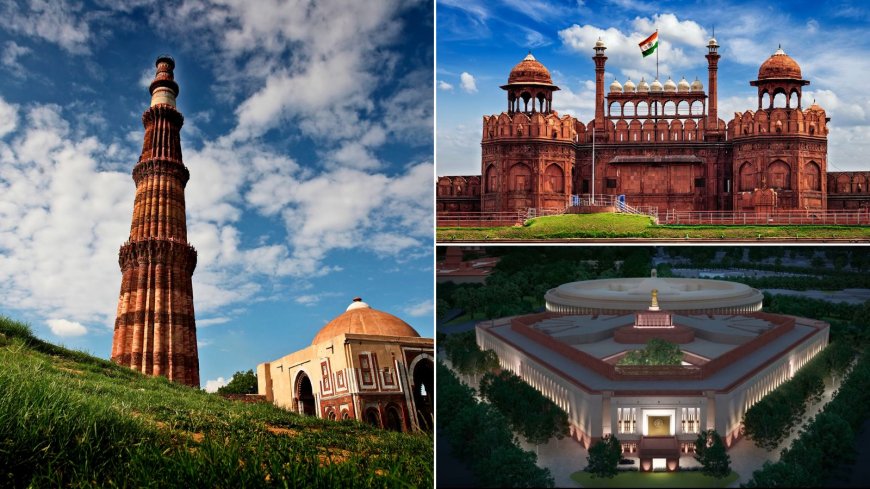Delhi witnessed unusually cool May!
Climate change of a pleasant kind was marked by substantial showers

Delhi, the capital city of India, defied expectations this year as it experienced the coolest May in 36 years, accompanied by a significant surge in rainfall. The India Meteorological Department (IMD) reported that the average maximum temperature for the month was 36.8 degrees Celsius, the lowest since 1987. These unusual weather patterns have sparked discussions among experts, shedding light on the environmental implications of such anomalies.
Typically known for its scorching heatwaves during May, Delhi witnessed a noteworthy departure from the norm this year. The number of days with maximum temperatures exceeding 40 degrees Celsius was limited to just nine, and heatwave conditions were observed in certain areas for a mere two days. This departure from the trend observed since 2014, where heatwaves were a recurring feature, is a notable deviation.
Simultaneously, Delhi received a substantial amount of rainfall in May, surpassing the long-term average by a staggering 262%. The city recorded 111 mm of rainfall, making it the fourth-highest in May since records began. In comparison, the highest May rainfall was observed in 2008 with 165 mm, followed by 144.8 mm in 2021 and 129.3 mm in 2002. The increased rainfall during the pre-monsoon season can be attributed to the rise in western disturbances, weather systems originating from the Mediterranean region.
This year, Delhi experienced an unusually higher number of western disturbances, with a total of 10 recorded, most of which were characterized as strong disturbances. Normally, the city witnesses around five to six western disturbances during April and May. These weather systems played a significant role in altering the weather patterns, leading to the cooler temperatures and increased rainfall observed in May.
While these anomalies may raise questions about the potential connection to climate change, experts exercise caution in making direct links at this stage. Further data analysis and research are required to establish any definitive trends. However, the occurrence of such atypical weather patterns provides an opportunity to examine the broader implications of climate change on regional climates.
Delhi’s cooler May and the surge in rainfall highlight the complex nature of our changing climate. As climate change continues to unfold, it becomes essential to monitor and understand the interactions between various factors that shape our weather systems. In-depth analysis and research will help discern whether these recent observations are merely outliers or indicative of larger trends linked to climate change.
It is crucial to view these events within the broader context of climate variability and long-term climate change. While the cooler temperatures and increased rainfall brought temporary respite to Delhi, it is imperative to acknowledge that extreme weather events, including heatwaves and intense rainfall, are projected to become more frequent and severe in many regions due to climate change.
As we navigate the challenges posed by a changing climate, it is vital for policymakers, scientists, and communities to work collaboratively to develop adaptive strategies, enhance resilience, and mitigate the impacts of climate change. By understanding the intricacies of our climate system and taking decisive action, we can strive towards a more sustainable and resilient future.
What's Your Reaction?












































